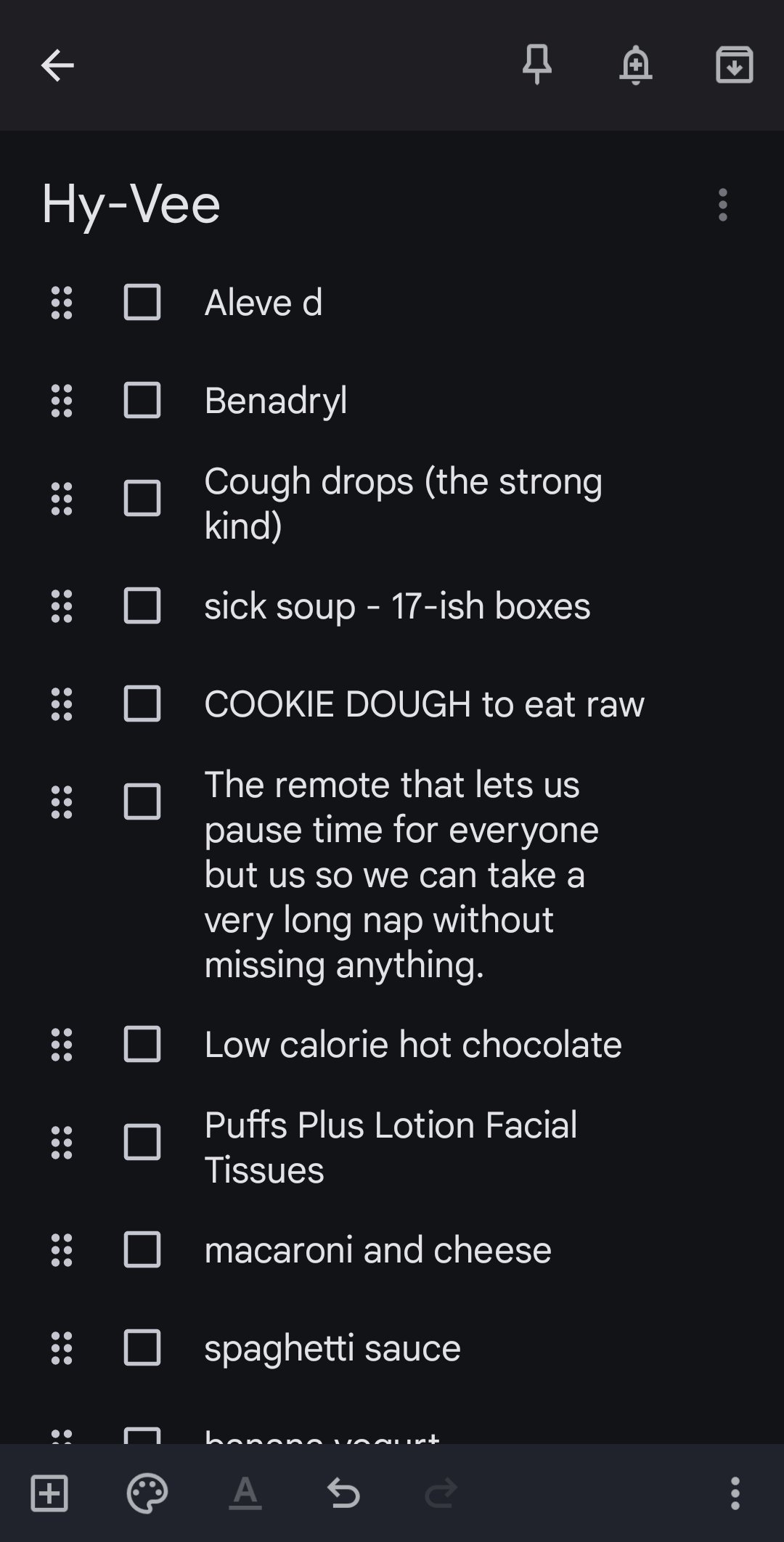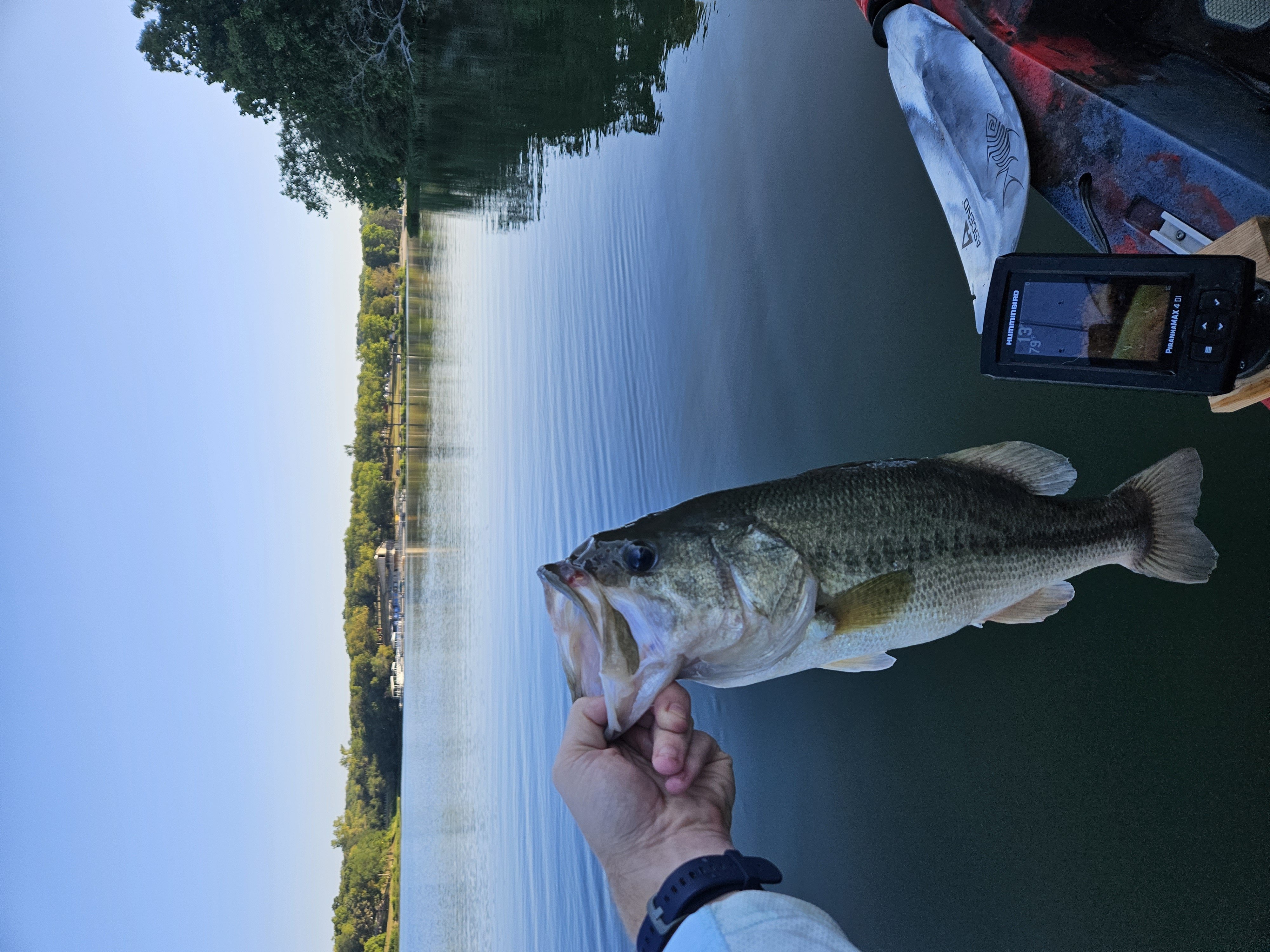Yes. Especially for chicken breasts. It's easy enough to know for sure they're done, but they're much easier to eat as soon as they hit 155F. My immune system has never questioned my chicken, but my taste buds are very thankful for the meat thermometer.
BanjoShepard
Quick Googling puts snow at 1-20 pounds per cubic foot, depending on moisture content. Using conservative numbers of one foot of snow, 7 feet wide, and 15 feet long that could be 105-2100 pounds. On the low end, I can't see that being enough weight to matter, and on the high end, that might seriously strain some vehicles suspensions.
Also as someone in the Midwest that got hit by snow flying off the top of an uncleaned car this morning from several hundred feet away, I don't care how much weight it is. Clean off your car.
I'm dealing with this exact issue right now. I don't have thermal imaging, but I used an IR thermometer and recorded temps as much as ten degrees lower in the places with water staining than in other parts of the wall/room/house. Any tips for finding the leaks/improving insulation? Right now my best idea is cutting holes in each cavity and blowing in insulation, but I'm not an expert at all.



I always heard 165 too, but I looked at the chart on the meat thermometer and it said 155 for breast. I tried it out and it's much juicer.